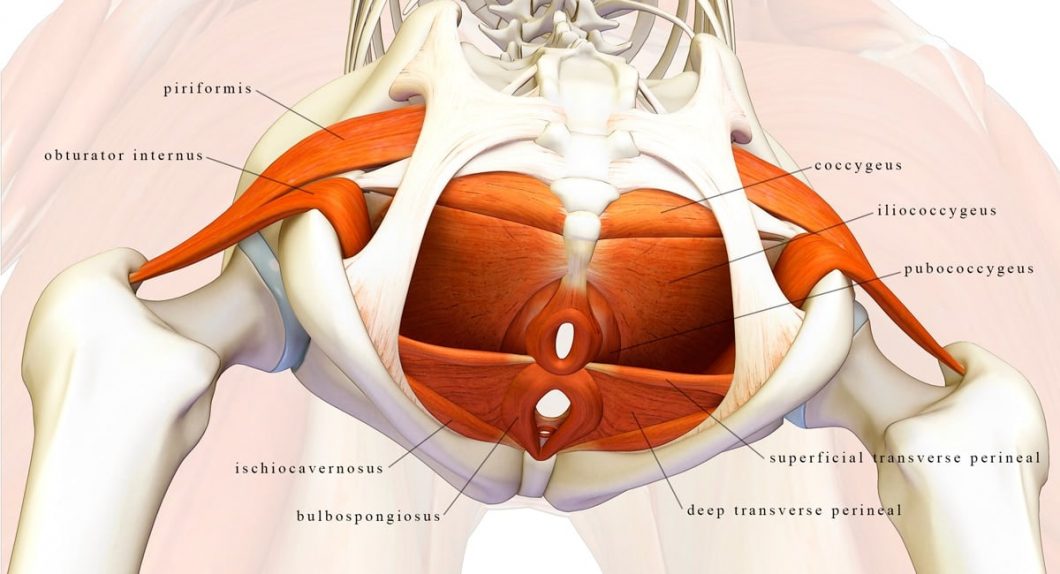A few years ago, I attended an extremely interesting “Sexual Healing and de-armouring” workshop with the famous Susanne Roursgaard from Belgium. The topic is not new, I’ve studied it at the John Hawken’s school with Andrew Barnes and I practice it in my studio, but meeting Susanne gave me a lot of new inspiration and expanded my arsenal of tools. It also became an inspiration to write this article.
Modern armour
The days of knights are long gone – yet we still wear an armour. Let’s take a look around at the bodies of the people around us, at their attitudes, body language and facial expressions. Anywhere, at work, in a shopping mall, even on the beach (this is where you can see it really well: stiff, rigid people with big bellies, excessively thin, hunched over, with a big “chest”, clenched jaws, stern expressions. Even seemingly beautiful and harmonious bodies often have some hardness or artificiality about them.
In childhood, when we were small and defenceless, completely dependent on our parents – an armour was the only possible way to survive, it protected us from overwhelming emotions that we could not, or were not able to express. But today, when we can face adversities as adults, we can make informed choices – a customary, culturally and socially sanctioned armour becomes like a prison, putting us in states of extreme isolation and loneliness. We may have trouble saying “I love you“ to those we truly love, or to hug someone dearly. Our armed body says “let others keep their distance”, not allowing us to feel the emotions, closeness or love that our heart and soul long for.
By its nature, an armour is supposed to protect us. Observe how you feel at social or business meetings where you don’t know too many people. Have you ever wondered why nobody approaches you to talk? Feeling insecure, you try somehow to protect yourself from a difficult situation. What does your body do? Stiffness, tension, shallow breathing, clenched jaw… Perhaps it says: “Stay away.”
Maybe you are even deliberately reinforcing your armour by putting too much effort into building muscle, or by excessive make-up. Now your armour is visible to the eye; This is the way of saying: “I am strong and protected. Stay away from me. I am dangerous, unavailable”.
How we build an armour
Our armour mainly develops unconsciously. Much of it was created in childhood, when we experienced trauma, something hurt us, scared us and we were unable to protect ourselves, we couldn’t or weren’t able to express, what was happening inside of us. Often, already as adults, we still put on a kind of energetic, protective armour from fear of intimacy, when it is “not appropriate” to show our feelings or when we want to protect our hearts from being emotionally hurt.
Body memory – how are blockages created?
Each such moment, each contraction and repression, accumulates in the form of physical tension somewhere in the muscles. Upon receiving a signal of an injury, physical or emotional stress, the brain sends a signal that triggers a chemical reaction that causes the muscles in a given area to contract, become “hot”, and muscle fibres stick together, creating “knots”, the so-called “hot spots” (known as trigger points). At the cellular level, the processes of oxygenation, nutrition and waste extraction slow down, lactic acid is produced, causing inflammation and a decrease in circulation. Over time, trigger points become clusters of toxins, scars begin to form, harden and hurt, and symptoms worsen. People prefer not to think about it, live in pain, then get sick, and finally die of a heart attack or cancer.
Healing
Taking off your armour reveals the vulnerability of your heart. When we do it for the first time, we feel extremely defenceless – it is a difficult and huge step on the path of self-development. By taking off the armour, we begin to see our emotional wounds, the pain is unpleasant, but it is a necessary part of healing. There is a tendency to suppress the pain immediately, to “think positively”, to run away with your thoughts to something more interesting, to wait, until we get over it or to focus on something else. You can do that. But it’s just like with a car breaking down. You know something is wrong when another weird noise comes on, you can pretend it’s not a problem, but eventually the car breaks down for good.
Once we notice and recognize our wounds, we can begin to heal; When we heal, we begin to heal everyone around us. Vulnerability is not passivity or weakness. It means you are living your truth, admitting where you are weak and where you are strong. Just like we strengthen our physical body through exercise, we can also strengthen our energy body where it is weak, and open it where it is contracted and restricted. If we don’t do it, we’ll always be unstable, which will only get worse with age. Disarming is the beginning of transforming your life from full of suffering to full of joy.
Vulnerability is for the brave
Taking off your armour is being vulnerable
For some, this may be frightening. We think: “What will happen when I become vulnerable? I’m in pain, emotional distress… what do I need this for? Maybe it’s better to stay in the old known hell?”
It will hurt. Maybe even a lot. But I promise, that it will only hurt for a while. As a reward, there will be physical relief, a sense of greater power and agency. Relief brings joy, happiness, bliss. Our health improves, there is space for new activities, and we develop creativity, we never dreamed of, the skin becomes smooth, we become more beautiful, more attractive and magnetic for others; The more authentic we are and let our inner light shine, the more we change from a masked alien into a radiant ray of light. We suddenly become someone attractive that people want to spend time with.
It can be argued that an armour has its place in life, we needed it for survival and it’s still useful sometimes. But it is not an outfit that we would like to wear every day, nor sleep in it, and, let alone, make love in it.
We have to learn how to consciously take it off, and perhaps finally set it aside forever. Many of us have worn an armour all our lives and have forgotten we even have it. That’s why we need to learn to be vulnerable and feel safe about it, expressing our emotions without fear of being laughed at or shamed. To let go of our image of a tough guy or a strong woman. In fact, being vulnerable and defenceless takes a great deal of courage. Courage that, according to research, is rewarded with a statistically confirmed higher sense of fulfilment and happiness in life (see: Brené Brown’s “Daring Greatly”, a book describing the author’s many years of sociological research on happiness, which shows that people open to vulnerability are among the happiest people).
Tools to help remove your armour
Through movement, breathing, sound and body work, we release tensions on a physical level. Applying pressure on the right places on the body releases tension, toxins, energy and emotions concentrated there. Suddenly we rediscover the long forgotten, maybe even never visited, regions of our psyche. We go back to childhood, to the period of teenage rebellion and all those moments when we could not or did not have the courage to express our truth. We suppressed our emotions by cowering, clenching our muscles, stiffening the body, so as not to feel any more, just to forget, to move on. But the body remembers. Emotions that may arise during a session include sadness, regret, anger, even rage.
Tantric disarming offers many emotional release tools, we learn to use our voice and breath, we use a variety of exercises to stimulate and release emotions from the body.
Sexual disarmament
The area, in which the armour particularly stands in our way is sexuality. Most of us would like to enjoy uninhibited sex and cosmic full-body orgasms. Our bodies are designed to feel pleasure. But the reality is quite different. For most of us, sexual energy doesn’t flow freely. Many women experience discomfort during sex without reaching orgasms, or only reaching short peak orgasms. Men struggle with premature ejaculation or a lack of erection – which generally leads to decreased sexual activity, frustration, and breakdown of many relationships.
Sexual disarming through tantric massages is extremely helpful in shedding the energy armour built around the pelvic and genital area.
Disarming and healing female sexuality
Most women have a lot of tension in the pelvis, groin and vagina. These are tensions caused by emotions, stress, anxiety, and suppressed, unexpressed needs. If you are not completely relaxed, your vagina is insensitive, sore, or you have a combination of both, and you cannot reach complete sexual satisfaction. A series of disarming sessions can bring you relief. Tantric Yoni Disarming (that’s what we call the Vagina in Tantra), including the cervix, deep massage of soft and fascial tissues, helps to release tensions and free repressed emotions. As a result, your vagina becomes softer and more sensitive. Your sexual experience will deepen and you will begin to experience pleasure, new types of orgasms such as a valley orgasm, a cervical orgasm, a womb orgasm, or a full body orgasm.
Healing male sexuality through disarming
Disarming the male sexuality helps release old traumas, fears, and relaxes the body. Relaxing the muscles of the pelvic floor, anus, testicles and penis allows sexual energy to flow freely from the genitals to the spine, which is crucial in prolonging intercourse, avoiding premature ejaculation, and erection problems. Thanks to this therapy, you will be able to enjoy longer intercourse, improve your sexual performance and, above all, enjoy greater sexual pleasure, achieving deeper and longer orgasms; not only the brief genital orgasms, but also multiple orgasms of the whole body.


